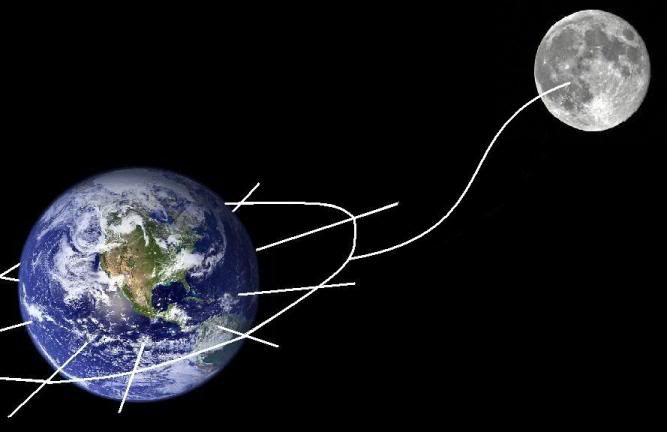Low Earth orbit requires about 17,500 MPH, reaching the moon requires nearly 25,000 MPH. Gaining 7500 MPH would require significant energy.
Atmospneric drag is quite a problem at high speeds. Launches utilize spectacularly powerful engines to quickly get the spacecraft off the pad and above the denser lower levels of the atmosphere. Once orbit is acheived further acceleration can be acomplished with longer operation of less powerful rockets like the shuttle's orbital maneuvering thrusters. The shuttle barely reaches orbit using the main engines, subsequently using the maneuvering thrusters to reach ISS or Hubble orbits. Since the shuttle is such a heavy spacecraft, reaching those orbits consumes nearly all the propellant thats not required for the deorbit burn(s).
Atmospneric drag is quite a problem at high speeds. Launches utilize spectacularly powerful engines to quickly get the spacecraft off the pad and above the denser lower levels of the atmosphere. Once orbit is acheived further acceleration can be acomplished with longer operation of less powerful rockets like the shuttle's orbital maneuvering thrusters. The shuttle barely reaches orbit using the main engines, subsequently using the maneuvering thrusters to reach ISS or Hubble orbits. Since the shuttle is such a heavy spacecraft, reaching those orbits consumes nearly all the propellant thats not required for the deorbit burn(s).

